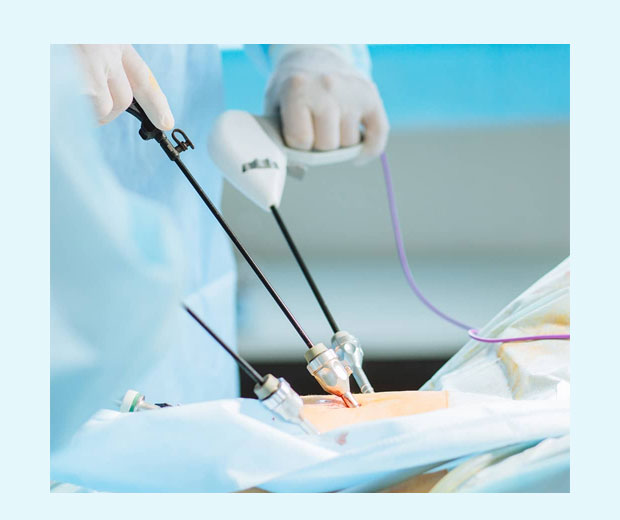
Laproscopy
Also referred to as diagnostic laparoscopy, is a surgical diagnostic procedure. Laproscopy is used to examine the organs inside the abdomen. It is a low-risk procedure requiring only small incisions. A laparoscope is used to look at the abdominal organs.When is laparoscopy performed?
Laproscopy is generally performed when noninvasive methods are unable to help with the diagnosis.Abdominal problems can also be diagnosed with imaging procedures such as:
- CT Scan - this is a series of special X-rays which takes cross-sectional images of the body
- Ultrasound - uses high-frequency sound waves to create body images
- MRI Scan - uses magnets and radio waves to produce images of the body
Laparoscopy may be advised to examine the following organs:
- appendix
- gallbladder
- liver
- small intestine and large intestine
- spleen
- stomach
- pancreas
- pelvic or reproductive organs
By observing these organs, the following can be detected:
- abdominal mass or tumour
- any fluid in the abdominal cavity
- any liver disease
- effectiveness of certain type of treatments
- the stage to which a particular cancer has reached
What are the risks involved in laparoscopy?
The most common known risks associated with laparoscopy are bleeding, infection, and damage to organs in the abdomen. Though, these risks are very rare.After laparoscopy, it’s vital to watch for any signs of infection. Contact the doctor in case you experience:
- fever or chill
- abdominal pain that increases over time
- redness, swelling or bleeding where the laparoscopy was done
- persistent nausea or vomiting
- prolonged cough
- feeling shortness of breath
- inability to urinate normally
The less common risks are:
- few complications from the general anaesthesia
- abdominal wall inflammatio
- blood clot
How to prepare for laparoscopy?
The doctor should be aware about any prescription or over-the-counter medications taken by the patient. The doctor will advice how to taken those medicines, before and after the procedure.The doctor may change the dosage of any medications post laparoscopy. The drugs/medicines included are:
- blood tinners such as - anticoagulants
- NSAIDs, including aspirin or ibuprofen
- medications that affect clotting
- herbal supplements / dietary supplements
- vitamin K
Prior to laparoscopy, certain tests such as blood tests, urinalysis, EKG or ECG, and chest X-ray may be needed. Certain imaging tests, including an ultrasound, CT / MRI scan mat also be done.
These tests help to better understand the abnormality being examined during laparoscopy and improves the effectiveness of laparoscopy.
Avoid eating and drinking for at least 8 hours before the laparoscopy. It is advised not to drive after the procedure.
How is laparoscopy performed?
Post laparoscopy the patient can go home on the same day.General anaesthesia is administered for this type of surgery. An intravenous (IV) line is inserted in one of the veins. Through the IV, the anesthesiologist can give special medications and provide hydration.
In certain cases, local anaesthesia is used. Local anaesthetic simply numbs the area, which means that though the patient would be awake during the surgery, they would not feel pain.
During laparoscopy, an incision is made below the belly button and then a small tube called cannula is inserted. The cannula inflates the abdomen with carbon dioxide gas. This gas allows the doctor to clearly see the abdominal organs.
Once the abdomen is inflated, the surgeon inserts the laparoscope through the incision. The camera attached to the laparoscope displays the images on a screen, allowing the organs to be viewed clearly.
Generally, 1-4 incisions, each between 1 and 2 centimetres in length are made.
After the procedure, the instruments are removed. The incisions are closed with stitches or a surgical tape and the area bandaged.
What is the recovery time post laparoscopy?
After the surgery, the patient is kept under observation for a few hours before being discharged. Breathing and heart rate, is monitored closely. Any adverse reactions to anaesthesia, or prolonged bleeding is also observed closely.Depending on the recovery post the procedure, discharge is generally on the same day. In certain cases though an overnight stay may be needed.
Related Services offered at Sparsha IVF

IVF
The procedure where an ovulated egg from the woman's body is fertilized with sperms outside the body is called In Vitro Fertilization or IVF.
Read More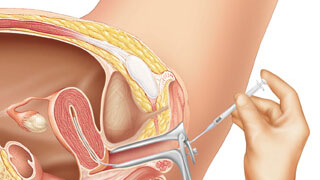
IUI
The procedure to treat infertility through artificial insemination is known IUI or Intrauterine Insemination.
Read More
ICSI
ICSI is a complex and extremely careful laboratory procedure, where every single sperm is injected with expert precision.
Read More
Antenatal Care
Our new one-stop approach resulted in a diagnosis of early pregnancies, high-risk pregnancies with all proper investigations.
Read More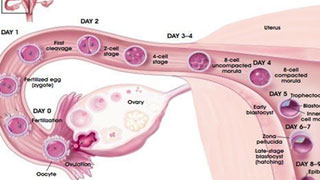
Blastocyt Transfer
Before discussing the culture and transfer process, we should first understand what the blastocyst is.
Read More
Cryopreservation
Specialized care and support in cryopreservation, the sperms and embryos are frozen and then thawed.
Read More
Male Patients Evaluation
It is estimated that up to one-third of all fertility complications of couples is related to a male factor.
Read More
Fertility Diagnostic
Our Infertility Centres in Madhyamgram and Chinar Park offer one-stop fertility diagnostic services for all your problems.
Read More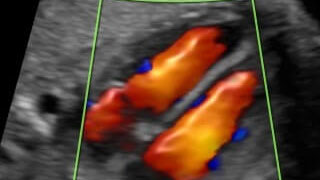
Fetal Echo Cardiography
We provide the service of a prenatal diagnosis for Congenital Heart Disease (CHD) which has a significant impact on the management.
Read More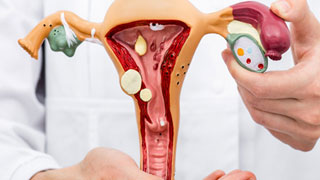
Gynecological Care
Sparsha Infertility Centre – Madhyamgram, has become an absolute hub for diagnosing and treating all sorts of gynaecological conditions.
Read More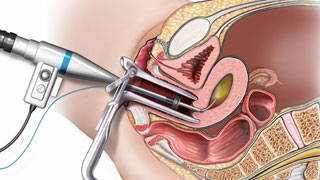
Hysteroscopy
Through Hysteroscopy the doctor is able to look inside the uterus and diagnose and treat the causes of abnormal bleeding.
Read More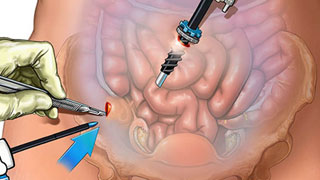
Laproscopy
Laproscopy is used to examine the organs inside the abdomen. It is a low-risk procedure requiring only small incisions.
Read More
Book an Appointment
Fill in the details below to enable us contact you instantly
